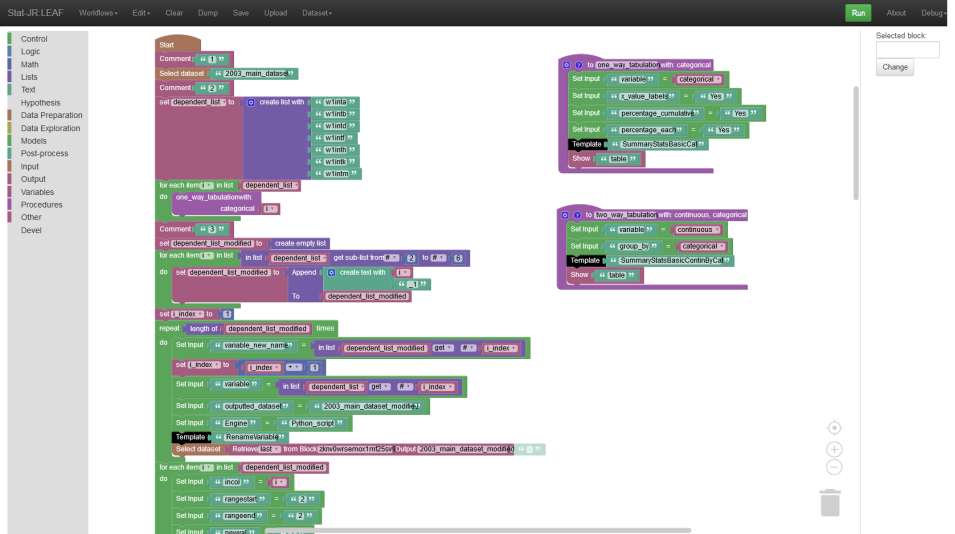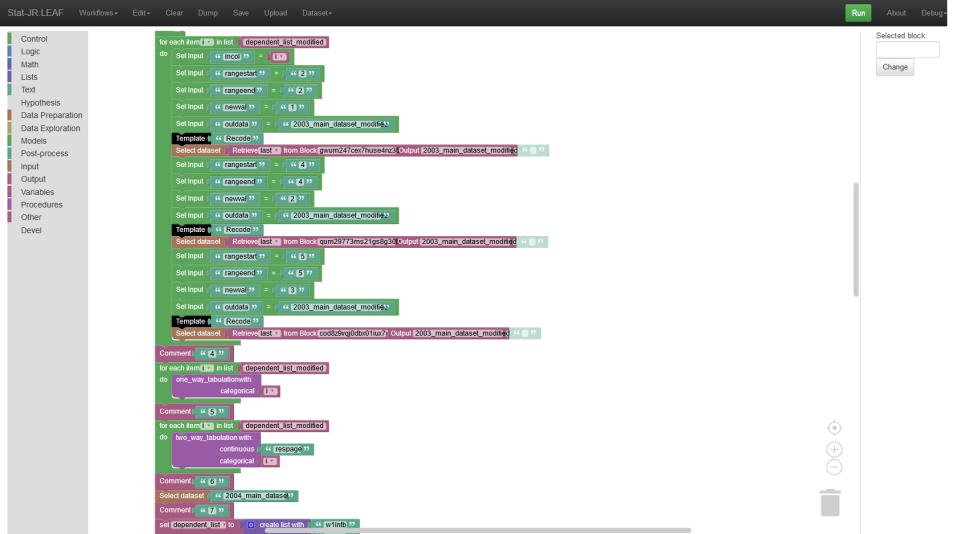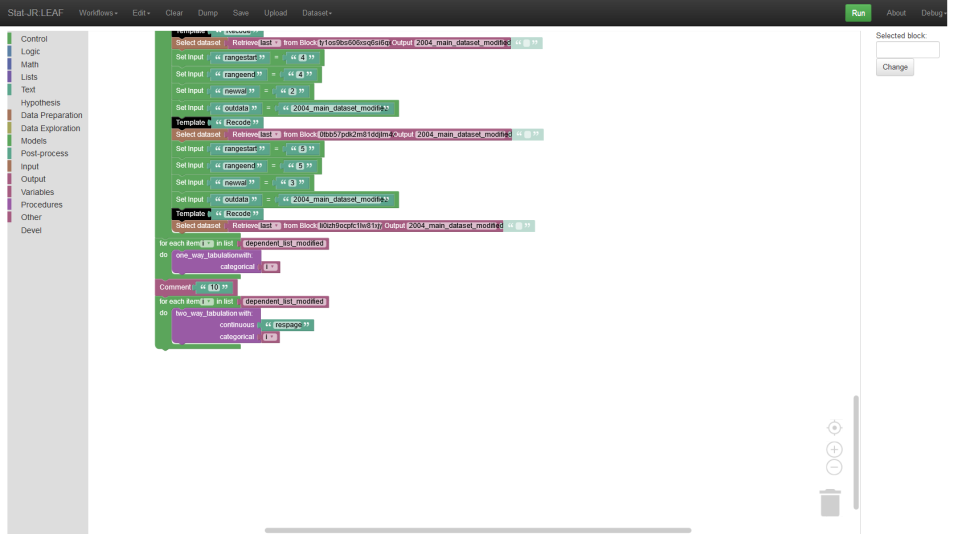Case Study: Young People's Involvement in Online Piracy
This case study - conducted as part of the ESRC grant The use of interactive electronic-books in the teaching and application of modern quantitative methods in the social sciences - was undertaken with the kind involvement of Ian Brunton-Smith.
Ian is a Professor at the Department of Sociology at the University of Surrey. His research interests include survey methodology and multilevel modelling - for example using multilevel models to investigate interviewer effects - and various aspects of criminology, including the effects of prison on reoffending and employment, and neighbourhood effects and public perceptions of crime.
Introducing the case study
This case study describes research that Ian conducted with his co-author Daniel McCarthy exploring patterns of online offending using data collected in a nationwide survey in England and Wales.
An article based on this work has been published as Brunton-Smith, I. & McCarthy, D.J. (2016) Explaining Young People’s Involvement in Online Piracy: An Empirical Assessment Using the Offending Crime and Justice Survey in England and Wales, Victims & Offenders, DOI: 10.1080/15564886.2015.1121943
This work investigated data from the Offending, Crime and Justice Survey (OCJS). Ian had encountered the OCJS a few years previously, when conducting a longitudinal analysis concerning fear of crime as part of his PhD. He noticed the survey contained items regarding online offending, which was of particular interest given it was an area of criminology in which discussions were based on an evidence base which was very modest - certain aspects of online crime can be hard to measure - and furthermore much of the research which had been conducted had sampled students in schools / colleges, cf. the OCJS. Thus a combination of an appreciation of the literature, and the potential opportunity for empirical investigation afforded by this survey data, led to Ian and Daniel's work in this area.
The OCJS is publicly-accessible via the UK Data Service, but users do need to be registered first to access it as per the relevant terms and conditions. The survey took place over four years (2003, 2004, 2005, 2006); in the first year 10,000 people were surveyed: 5,000 aged 10-25 and 5,000 aged 25-65. In later years, those who were in the younger age group (10-25 years at the time of the first survey) were surveyed again (but not those in the older age group).
Ian and Daniel predominantly used the statistical software package Stata to explore and analyse the data. We liaised with them at a relatively early stage of their enquiry, when they were exploring the different waves of data collection, gaining famililarity with a variety of relevant variables. For example, the sections of workflow below describe exploration of the first wave of data collection (2003); this revealed a high rate of refusals with regard to some of the dependent variables of interest, and thus they proceeded to investigate the next wave (2004), as discussed in their paper (Brunton-Smith & McCarthy, 2016).
The workflows Ian and Daniel were developing were naturally long, and gaining in further complexity as their enquiries evolved. Here we take selected sections, and realise them in Stat-JR workflows. We also broke down elements of their workflow into a tabular representation (pdf, 447 kb), as an alternative approach to distilling elements out; example screenshot from this below:

The Stat-JR workflows, and supporting templates, can be downloaded from the following link:
case_study_online_crime_wf.zip (zip, 14 kb)
The screenshots below give a flavour of the Stat-JR workflow:



